Reliability Analysis of an Air Traffic Network: From Network Structure to Transport Function
Abstract
1. Introduction
2. Definition of Reliability of the Air Traffic Network
3. Reliability Measurement of the Air Traffic Network
3.1. Modeling of the Air Traffic Network
3.2. Measurement of the CORN, TTRN, and CARN
3.3. Comprehensive Evaluation of Air Traffic Network Reliability Based on the Uncertainty Transformation Model
3.3.1. Description of Uncertainty Transformation Model
- (1)
- Generate a normal random number with expected value and variance .
- (2)
- Generate a normal random number with expected value and variance .
- (3)
- Compute , where is a sample.
- (4)
- Repeat steps (1) to (3) until enough sample drops are generated.
- (1)
- Calculate the expectation of the samples, , center distance of the samples, , and sample variance, .
- (2)
- Let
- (3)
- Let
- (4)
- Let .
3.3.2. Reliability Evaluation of the Air Traffic Network Based on the Uncertainty Transformation Model
4. Empirical Analysis
4.1. Construction of the US Air Traffic Network
4.2. Calculation of the CORN, TTRN and CARN
4.3. Comprehensive Evaluation of US Air Traffic Network Reliability
5. Conclusions
Author Contributions
Funding
Conflicts of Interest
References
- Srivastava, G.; Fisher, A.; Bryce, R.; Crichigno, J. Green Communication with Geolocation. In Proceedings of the IEEE 89th Vehicular Technology Conference, Kuala Lumpur, Malaysia, 28 April–1 May 2019. [Google Scholar]
- Srivastava, G.; Dwivedi, A.D.; Singh, R. PHANTOM protocol as the new crypto-democracy. In Computer Information Systems and Industrial Management, Proceedings of the 17th International Conference, Olomouc, Czech Republic, 27–29 September 2018; Springer: Berlin/Heidelberg, Germany, 2018; Volume 11127, pp. 499–509. [Google Scholar]
- Tariq, M.; Adnan, M.; Srivastava, G. Instability detection and prevention in smart grids under asymmetric faults. IEEE Transp. Ind. Appl. 2020, 1–9. [Google Scholar] [CrossRef]
- Aloqaily, M.; Kantarci, B.; Mouftah, H.T. Multiagent/Multiobjective Interaction Game System for Service Provisioning in Vehicular Cloud. IEEE Access 2016, 4, 3153–3168. [Google Scholar] [CrossRef]
- Aloqaily, M.; Kantarci, M.; Mouftah, H.T. Trusted Third Party for service management in vehicular clouds. In Proceedings of the IEEE 13th International Wireless Communications and Mobile Computing Conference (IWCMC), Valencia, Spain, 26–30 June 2017. [Google Scholar]
- Tseng, R.; Wu, Y.J.; Pan, H.C.; Aloqaily, M.; Boukerche, A. Reliable Broadcast in Networks with Trusted Nodes. In Proceedings of the IEEE Global Communications Conference (GLOBECOM), Waikoloa, HI, USA, 9–13 December 2019. [Google Scholar]
- Yao, W.; Yahya, A.; Khan, F.; Tan, Z.Y. A Secured and Efficient Communication Scheme for Decentralized Cognitive Radio-based Internet of Vehicles. IEEE Access 2019, 7, 160889–160900. [Google Scholar] [CrossRef]
- Khan, F.; Rehman, A.; Usman, M.; Tan, Z.Y.; Puthal, D. Performance of Cognitive Radio Sensor Networks Using Hybrid Automatic Repeat ReQuest: Stop-and-Wait. Mob. Netw. Appl. 2019, 23, 3479–3488. [Google Scholar] [CrossRef]
- Zhu, R.; Yu, T.T.; Tan, Z.Y. PTAOD: A Novel Framework for Supporting Approximate Outlier Detection Over Streaming Data for Edge Computing. IEEE Access 2020, 8, 1475–1480. [Google Scholar] [CrossRef]
- Sun, Y.; Yan, T.; Wu, C.; Sun, X.; Wang, J.; Yuan, X. Analysis of the Fatigue Crack Propagation Process of the Stress-Absorption Layer of Composite Pavement Based on Reliability. Appl. Sci. 2018, 8, 2093. [Google Scholar] [CrossRef]
- Koo, D.; Shin, Y.; Yun, J.; Hur, J. Improving Security and Reliability in Merkle Tree-Based Online Data Authentication with Leakage Resilience. Appl. Sci. 2018, 8, 2532. [Google Scholar] [CrossRef]
- Bermejo, J.F.; Fernandez, J.F.G.; Polo, F.O.; Marquez, A.C. A Review of the Use of Artificial Neural Network Models for Energy and Reliability Prediction. A Study of the Solar PV, Hydraulic and Wind Energy Sources. Appl. Sci. 2019, 9, 1844. [Google Scholar] [CrossRef]
- Wang, S.J.; Sui, D. Quantitative analysis of human reliability of air traffic controllers. Chin. J. Ergon. 2009, 15, 46–50. [Google Scholar]
- Liu, J.X. Research on human error probability of controllers’ resolution of flight conflict based on improved success probability index method. Chin. J. Ergon. 2018, 24, 68–72. [Google Scholar]
- Yuan, L.P.; Zhang, X.J. Study on technique for human reliability analysis of air traffic controllers. Chin. Saf. Sci. J. 2017, 9, 102–107. [Google Scholar]
- Kirwan, B.; Gibson, W.H.; Hickling, B. Human error data collection as a precursor to the development of a human reliability assessment capability in air traffic management. Reliab. Eng. Syst. Saf. 2008, 93, 217–233. [Google Scholar] [CrossRef]
- Kirwan, B.; Gibson, H. CARA: A Human Reliability Assessment Tool for Air Traffic Safety. Management—Technical Basis and Preliminary Architecture. In The Safety of Systems; Redmill, F., Anderson, T., Eds.; Springer: Berlin/Heidelberg, Germany, 2007. [Google Scholar]
- Xu, X.H.; Liu, W.X.; Wang, X.L. Markov chain apply in air traffic control automatic system software reliability analysis. Aeronaut. Comp. Tech. 2009, 39, 15–17. [Google Scholar]
- Zhang, Y.W. Research on Emergency Capability Assessment of Atc Devices And Emergency Support Planning. Master’s Thesis, Nanjing University of Aeronautics and Astronautics, Nanjing, China, 2012. [Google Scholar]
- Jiang, C.; Wu, L.; Xu, F.; Jixue, Y. Characteristics and reliability analysis of the complex network in Guangzhou rail transit. Intell. Autom. Soft Comput. 2013, 19, 217–225. [Google Scholar] [CrossRef]
- Silva, M.; Daniels, M.; Lleras, G.; Patino, D. A transport network reliability model for the efficient assignment of resources. Transp. Res. Part B 2005, 39, 47–63. [Google Scholar] [CrossRef]
- Iida, Y. Basic Concepts and Future Directions of Road Network Reliability Analysis. J. Adv. Trans. 1999, 33, 125–134. [Google Scholar] [CrossRef]
- Bell, M.G.H.; Iida, Y. Transportation Network Analysis; John Wiley & Sons Ltd.: Chichester, UK, 1997; pp. 179–181. [Google Scholar]
- Chen, A.; Yang, H.; Lo, H.K.; Tang, W.H. Capacity reliability of a road network: An assessment methodology and numerical results. Transp. Res. Part B 2002, 36, 225–252. [Google Scholar] [CrossRef]
- Lo, H.K.; Tung, Y.-K. Network with degradable links: Capacity analysis and design. Transp. Res. Part B Methodol. 2003, 37, 345–363. [Google Scholar] [CrossRef]
- Jie, Y.; Songchen, H. Taxi route optimization algorithm of airport surface based on multi-agent. J. Traff. Transp. Eng. 2009, 1, 109–112. [Google Scholar]
- Deyi, L.; Changyu, L.; Yi, D.; Han, X. Artificial Intelligence with Uncertainty. J. Softw. 2004, 15, 24–25. [Google Scholar]
- Shi, Y.B.; Zhang, A.; Gao, X.; Tan, Z.J. Cloud model and its application in effectiveness evaluation. In Proceedings of the Management Science and Engineering, Long Beach, CA, USA, 10–12 September 2008; pp. 250–255. [Google Scholar]
- Cui, Y.Y.; Zeng, Z.Y.; Liu, L. An object detection algorithm based on the cloud model. In Proceedings of the International Joint Conference on Computational Sciences and Optimization, Hainan, China, 24–26 April 2009; pp. 910–912. [Google Scholar]
- Wang, H.L.; Meng, L.; Cao, M.K.; Li, Y. Data Mining Application Based on Cloud Model in Spatial Decision Support System. In Proceedings of the International Colloquium on Computing, Communication, Control, and Management, Guangzhou, China, 3–4 August 2008; pp. 547–551. [Google Scholar]
- Wu, T.; Qin, K. Cloud model method in disaster loss assessment. In Proceedings of the International Forum on Information Technology and Applications, Chengdu, China, 15–17 May 2009; pp. 673–676. [Google Scholar]
- Wang, F.; Li, Y.P.; Li, X. Performance evaluation method for automatic target recognition system based on forward cloud. J. Syst. Simul. 2008, 20, 1673–1676. [Google Scholar]
- Liu, X.R. New network attack classification architecture. J. Commun. 2006, 27, 160–167. [Google Scholar]
- Guo, Q.; Bi, Y.M. Effectiveness evaluation of command of missile information war based on cloud model. Command Control Simul. 2008, 30, 61–64. [Google Scholar]
- Babaei, M.; Rajabi-Bahaabadi, M.; Shariat-Mohaymany, A. Estimation of travel time reliability in large-scale networks. Transp. Lett. 2016, 8, 229–240. [Google Scholar] [CrossRef]
- Gong, L.F.; Fan, W. Applying travel-time reliability measures in identifying and ranking recurrent freeway bottlenecks at the network level. J. Transp. Eng. Part A Syst. 2017, 143, 04017042. [Google Scholar] [CrossRef]
- Xiao, Y.; Coulombel, N.; de Palma, A. The valuation of travel time reliability: Does congestion matter? Transp. Res. Part B Methodol. 2017, 97, 113–141. [Google Scholar] [CrossRef]
- Zheng, F.F.; Li, J.; Van Zuylen, H.; Xiaobo, L.; Hongtai, Y. Urban travel time reliability at different traffic conditions. J. Intell. Transp. Syst. 2017, 22, 106–120. [Google Scholar] [CrossRef]
- Jackson, D.L.; Shaw, T.L. The Florida Reliability Method in Florida’s Mobility Performance Measures Program; Florida Department of Transportation: Tallahassee, FL, USA, 2000. [Google Scholar]
- Wu, L.; Zhengmin, Z.; Xiangchun, M.; Yue, L.I. Application of cloud theory in reliability assessment of combat aircraft. Comput. Simul. 2005, 22, 235–238. [Google Scholar]
- Bo, W.; Liangjie, X.; Wenbin, Z. Cloud theory based traffic state identification for urban road network. In Proceedings of the IEEE International Conference on Intelligent Computation Technology & Automation, Changsha, China, 11–12 May 2010. [Google Scholar]
- Bureau of transportation statistics, US Department of transportation. Available online: https://www.transtats.bts.gov/ (accessed on 20 April 2020).

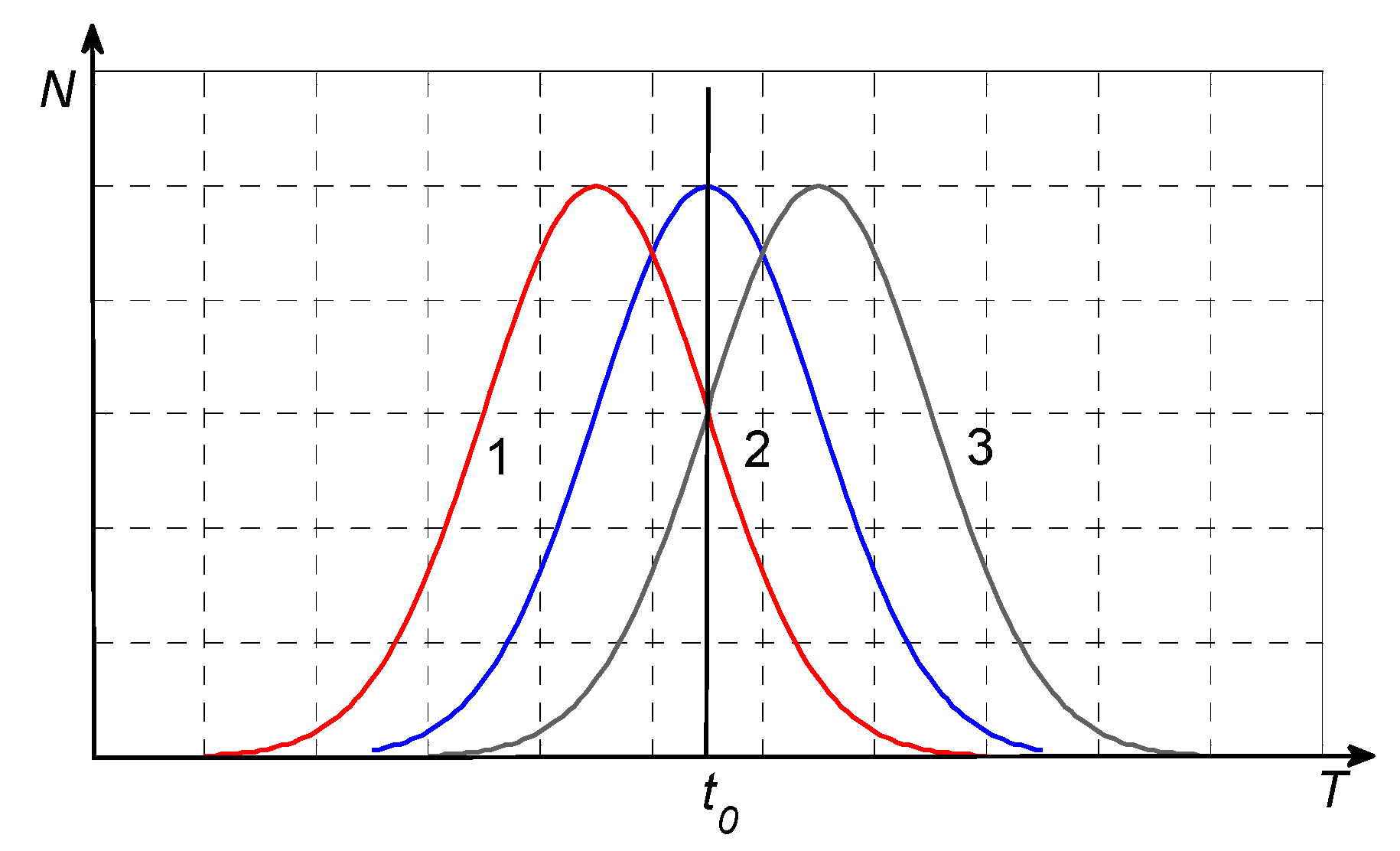
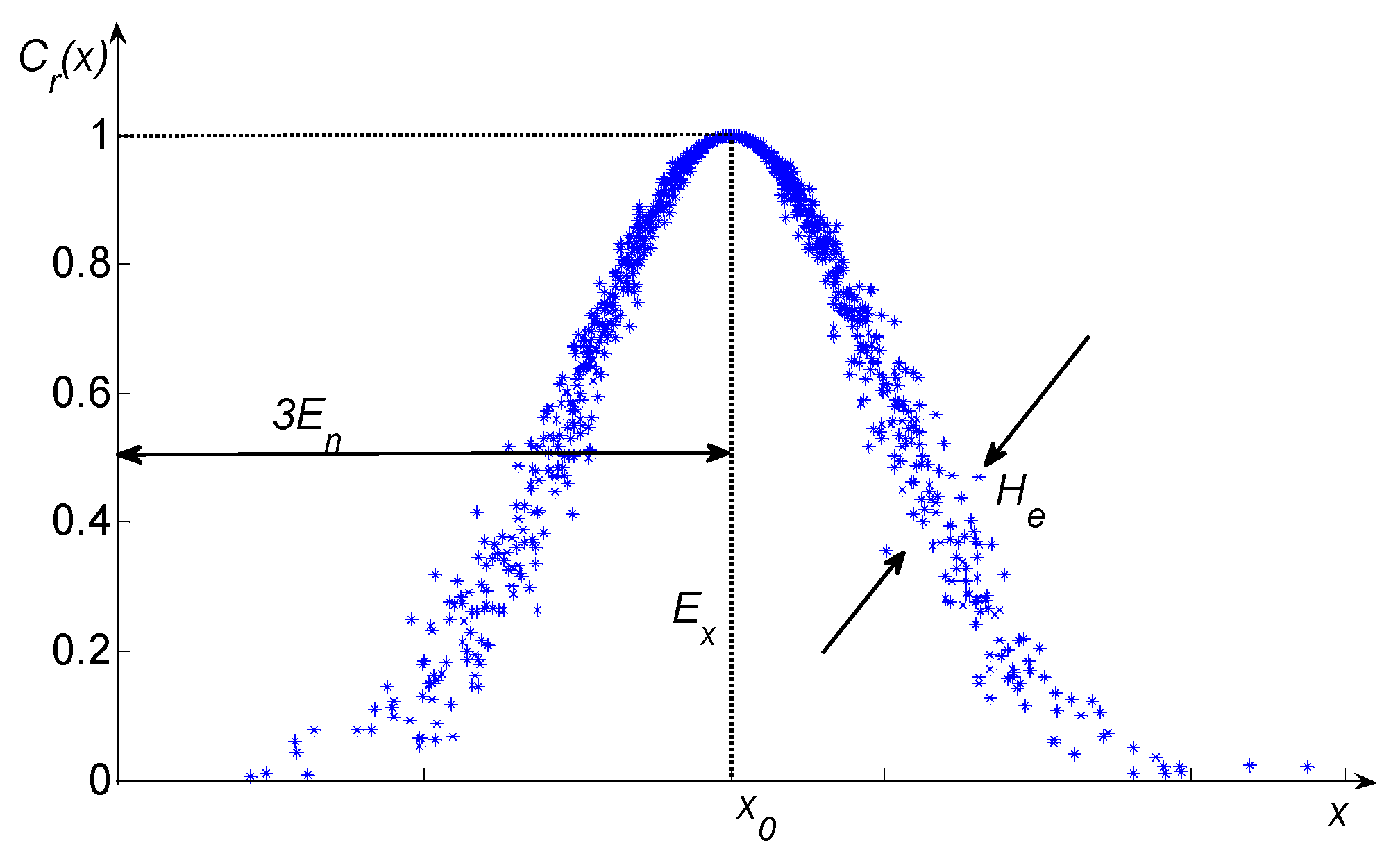
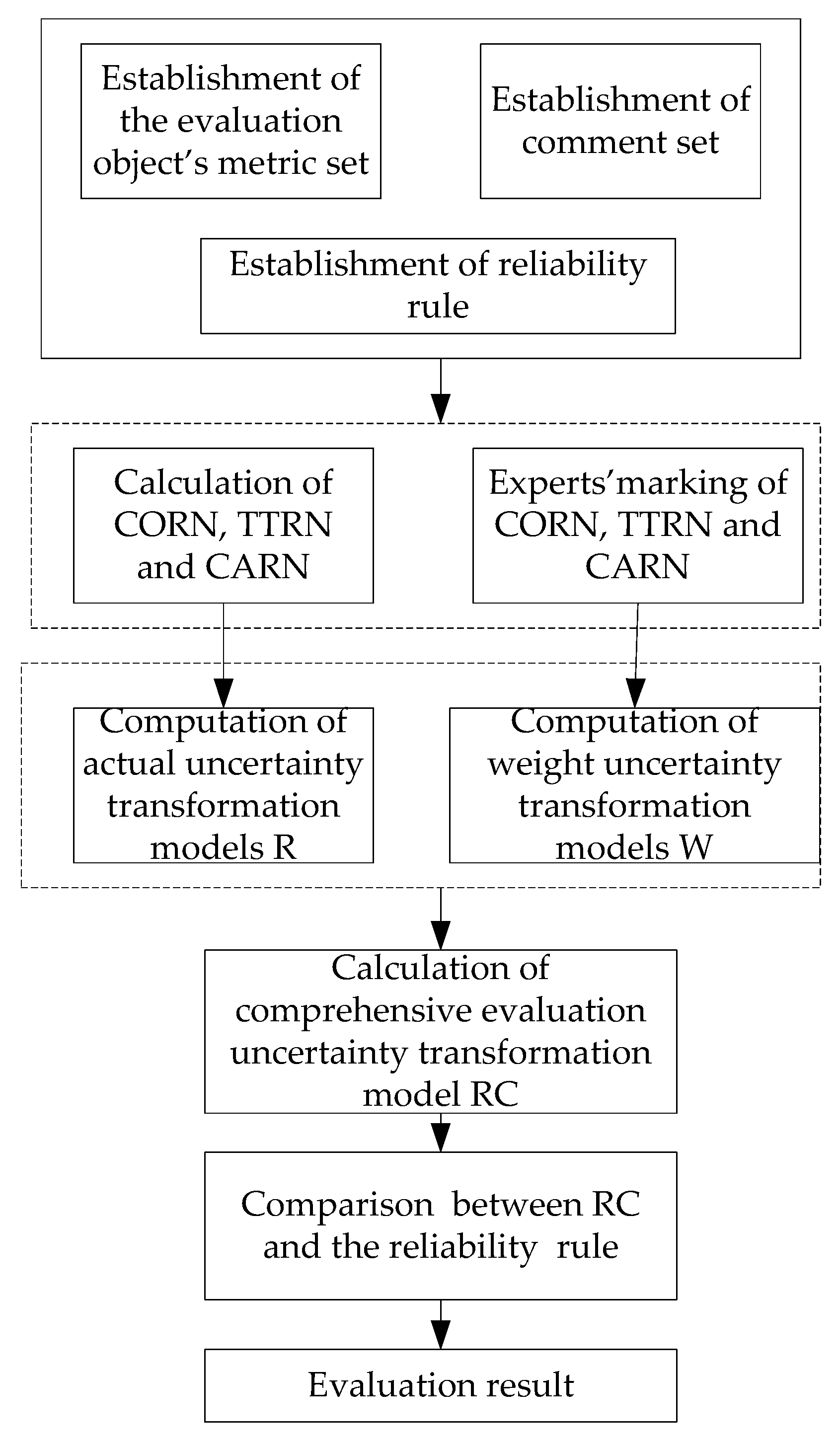
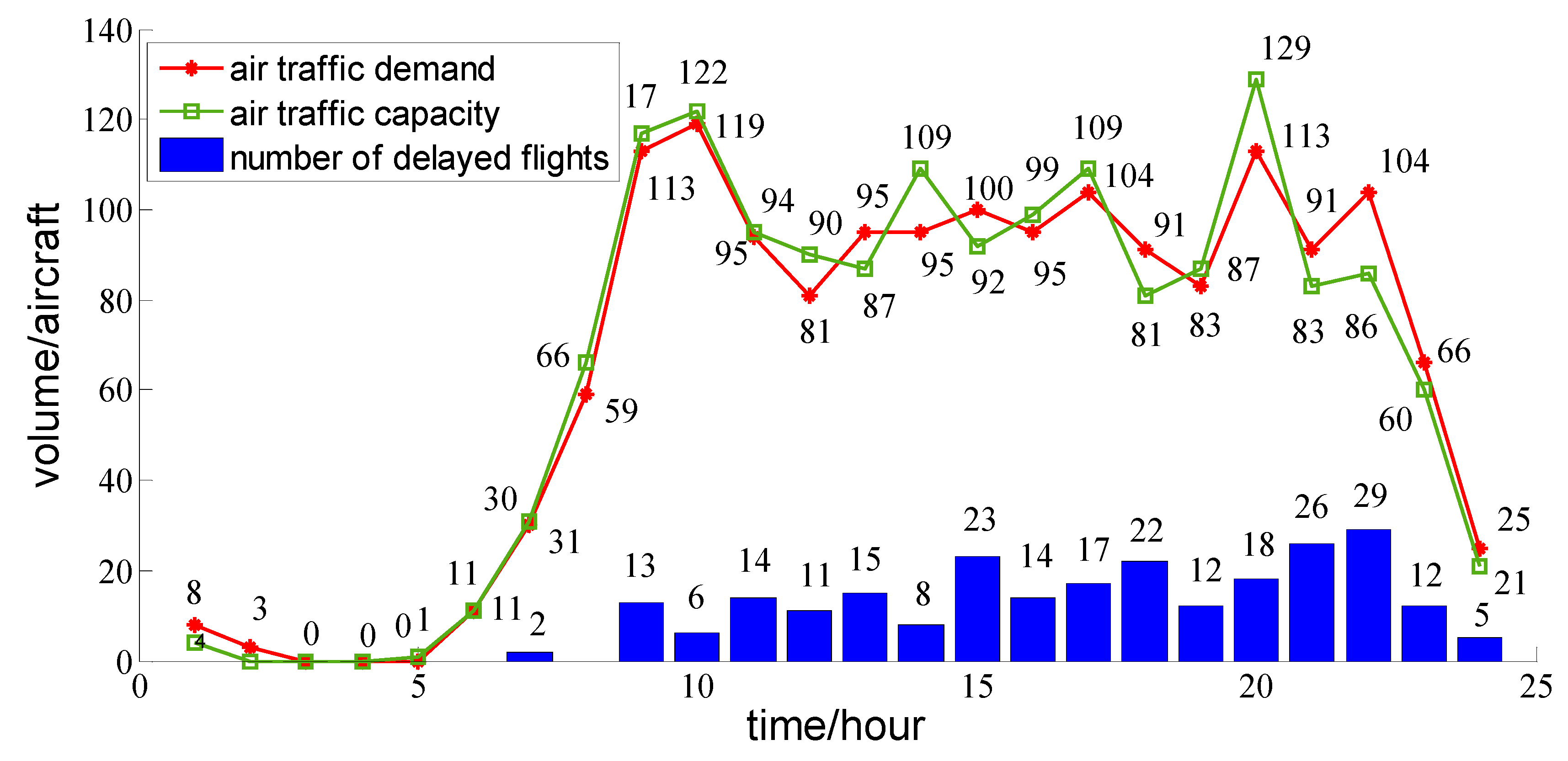
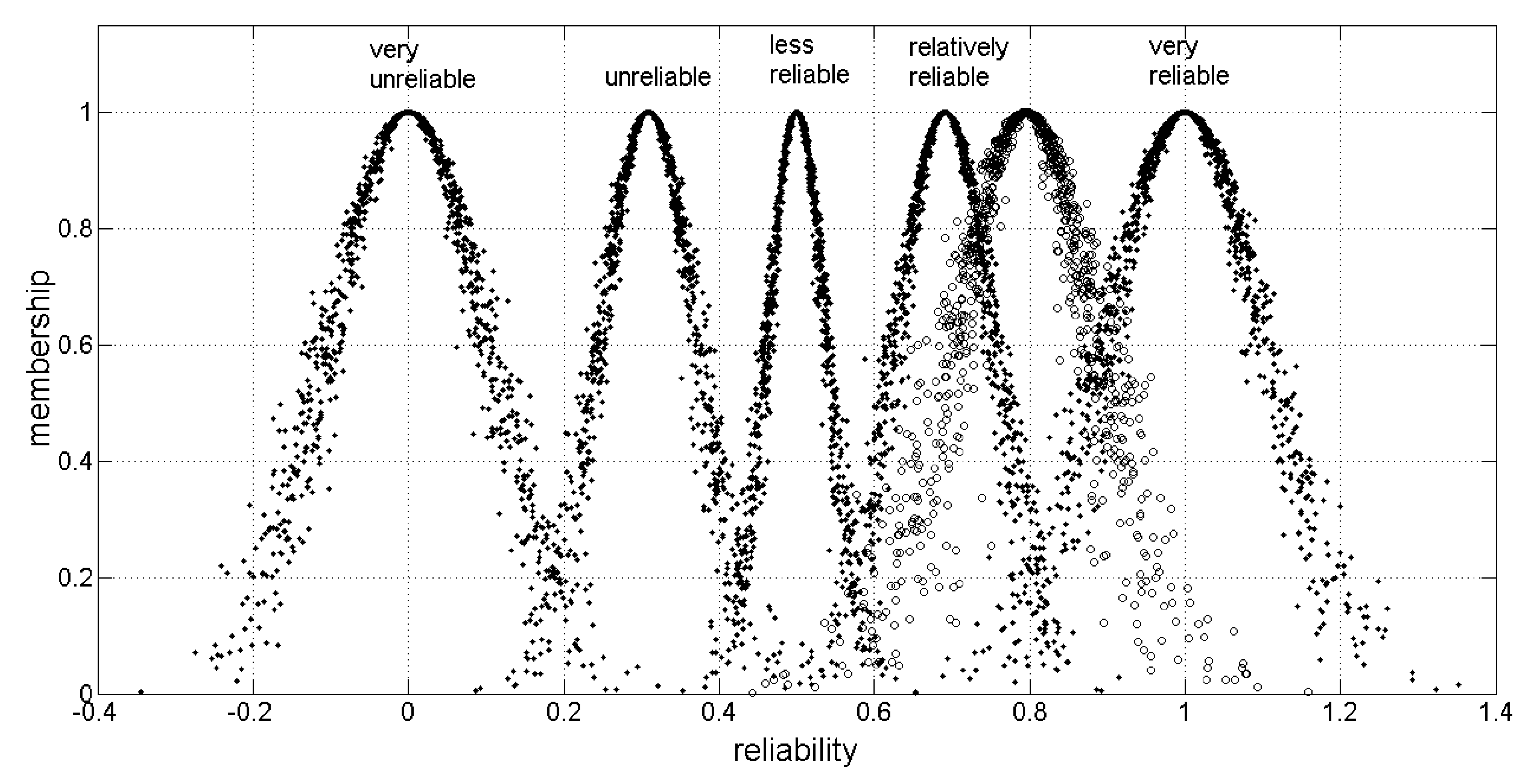
| Ex | En | He | |
|---|---|---|---|
| + | |||
| − | |||
| × | |||
| ÷ |
| Reliability Level | Uncertainty Transformation Model |
|---|---|
| Very reliable | Fuzzy set 1(1,0.1031,0.013) |
| Relatively reliable | Fuzzy set 2(0.691,0.064,0.008) |
| Less reliable | Fuzzy set 3(0.5,0.039,0.005) |
| Unreliable | Fuzzy set 4(0.309,0.064,0.008) |
| Very unreliable | Fuzzy set 5(0,0.1031,0.013) |
| Index 1 | Index 2 | |||
|---|---|---|---|---|
| experts | max | min | max | min |
| 1 | 0.32 | 0.2 | 0.55 | 0.31 |
| 2 | 0.29 | 0.14 | 0.53 | 0.35 |
| Ranking | Airports | Connectivity |
|---|---|---|
| 1 | ATL | 92.00% |
| 2 | ORD | 92.00% |
| 3 | DEN | 90.00% |
| 4 | DFW | 84.50% |
| 5 | IAH | 84.50% |
| 6 | MSP | 84.50% |
| 7 | DTW | 83.50% |
| 8 | EWR | 83.50% |
| 9 | LAS | 83.30% |
| 10 | PHX | 82.50% |
| Ranking | Airports | TTR |
|---|---|---|
| 1 | GUM | 0.998 |
| 2 | EYW | 0.991 |
| 3 | RSW | 0.969 |
| 4 | MHT | 0.963 |
| 5 | HNL | 0.962 |
| 6 | DAL | 0.959 |
| 7 | MSY | 0.958 |
| 8 | ELP | 0.957 |
| 9 | CHS | 0.957 |
| 10 | DFW | 0.956 |
| Index\ Month | September | October | November |
| 0.9615 | 0.9610 | 0.9647 | |
| 0.0468 | 0.0357 | 0.0367 | |
| 0.9147 | 0.9253 | 0.9280 | |
| Index\ Month | December | January | February |
| 0.9547 | 0.9601 | 0.9601 | |
| 0.0393 | 0.0422 | 0.0420 | |
| 0.9154 | 0.9179 | 0.9181 | |
| 0.9199 |
| Index\ Month | September | October | November |
| 0.8684 | 0.8674 | 0.8627 | |
| 0.0244 | 0.0238 | 0.0275 | |
| 0.8440 | 0.8436 | 0.8352 | |
| Index\ Month | December | January | February |
| 0.8342 | 0.8499 | 0.8549 | |
| 0.0251 | 0.0269 | 0.0297 | |
| 0.8091 | 0.8230 | 0.8252 | |
| 0.8300 |
| Index | Fuzzy Set Weights |
|---|---|
| CORN | (0.155, 0.046, 0.0179) |
| TTRN | (0.345, 0.034, 0.0147) |
| CARN | (0.500, 0.050, 0.0003) |
| Index | Uncertainty Transformation Models |
|---|---|
| CORN | Fuzzy set 1(0.4073,0,0) |
| TTRN | Fuzzy set 2(0.9199,0.0109,0.0049) |
| CARN | Fuzzy set 3(0.8300,0.0088,0.0103) |
© 2020 by the authors. Licensee MDPI, Basel, Switzerland. This article is an open access article distributed under the terms and conditions of the Creative Commons Attribution (CC BY) license (http://creativecommons.org/licenses/by/4.0/).
Share and Cite
Li, S.; Zhang, Z.; Cheng, X. Reliability Analysis of an Air Traffic Network: From Network Structure to Transport Function. Appl. Sci. 2020, 10, 3168. https://doi.org/10.3390/app10093168
Li S, Zhang Z, Cheng X. Reliability Analysis of an Air Traffic Network: From Network Structure to Transport Function. Applied Sciences. 2020; 10(9):3168. https://doi.org/10.3390/app10093168
Chicago/Turabian StyleLi, Shanmei, Zhaoyue Zhang, and Xiaochun Cheng. 2020. "Reliability Analysis of an Air Traffic Network: From Network Structure to Transport Function" Applied Sciences 10, no. 9: 3168. https://doi.org/10.3390/app10093168
APA StyleLi, S., Zhang, Z., & Cheng, X. (2020). Reliability Analysis of an Air Traffic Network: From Network Structure to Transport Function. Applied Sciences, 10(9), 3168. https://doi.org/10.3390/app10093168






